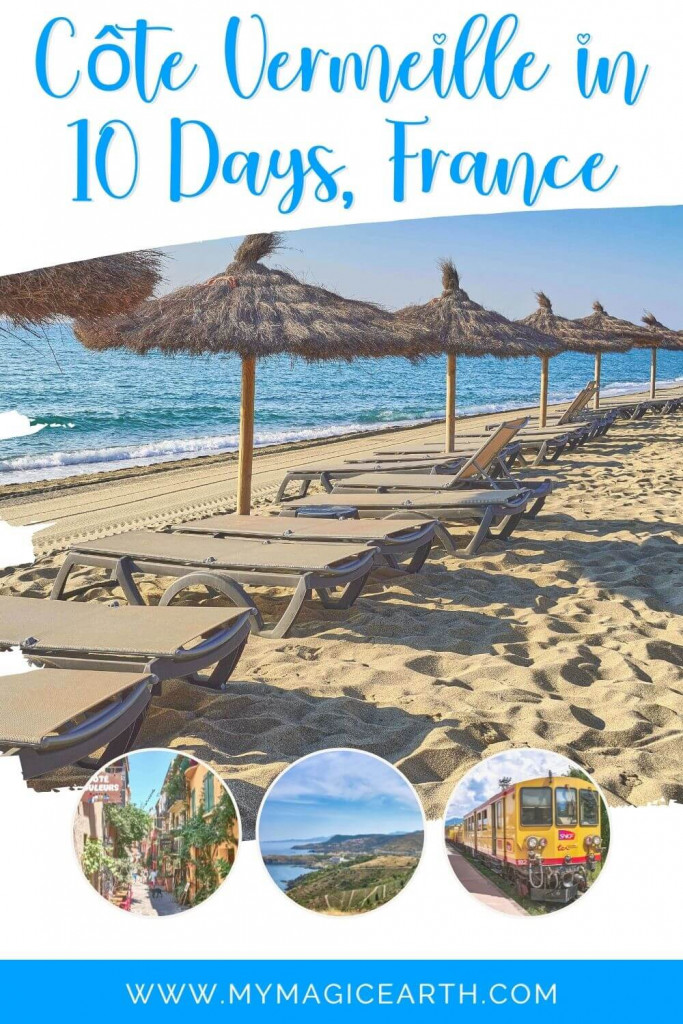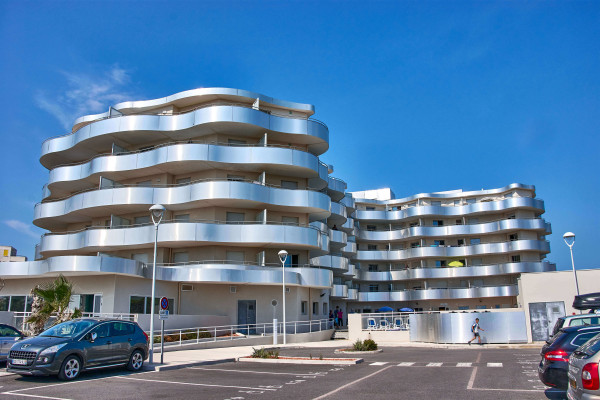Our 10 Days in Côte Vermeille and the Pyrenees Itinerary included some of the best places in southern France, hidden Spanish towns, and the mountain country, Andorra. This journey revealed a region brimming with cultural richness and a dynamic landscape, ranging from the vibrant fishing villages dotting the Mediterranean coastline to the majestic heights of the Pyrenean peaks.
Pyrenees is a mountain range between Spain and France, reaching a height of 3,404 metres. Stretching across approximately 491 km, these awe-inspiring peaks traverse from the Cantabrian Mountains to the picturesque Côte Vermeille coast along the Mediterranean.
The Côte Vermeille is in the French Department of Pyrénées-Orientales, near the Spanish border, and stretches from Argelès-sur-Mer to the border village of Cerbère, including Collioure, Port-Vendres and Banyuls-sur-Mer.
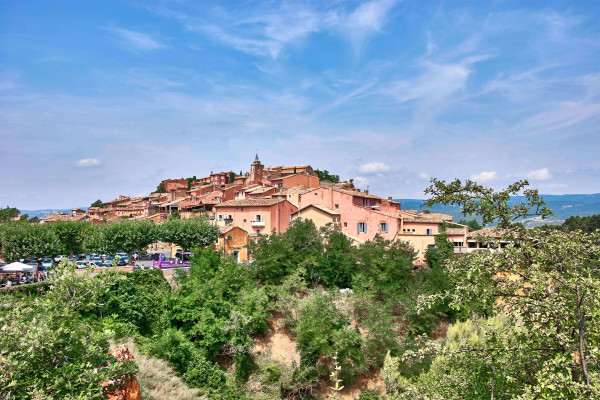
Where did we stay
Our apartment, Résidence Odalys Le Lotus Blanc, is directly next to the picturesque beach of Le Barcarès. Most rooms have balcony with sea view. The apartment hotels has a welcoming restaurant on the ground floor and a refreshing outdoor swimming pool. Plus, the added perk of complimentary parking ensures a hassle-free stay.
Our spacious suite has two rooms, a comfortable living area, a well-equipped kitchen, a modern bathroom, and an expansive balcony. With weekly apartment rentals, it’s a Saturday tradition for guests to embark on their coastal retreat.
Côte Vermeille and the Pyrenees Itinerary
Exploring where the Mediterranean meets the Pyrenees is like unwrapping a gift of stunning scenery. Our journey, the Côte Vermeille and the Pyrenees Itinerary, took us to amazing places in France, Spain, and Andorra. We stayed in Le Barcares, just north of the Côte Vermeille coast. Travelling over 1000 km from Germany to our hotel in Le Barcarès, France, we made stops at lovely places on the way.
Here is the overview of our Côte Vermeille and the Pyrenees Itinerary:
- 1st Day: Frankfurt to Lyon
- 2ed Day: Ochre Trail, Roussillon, and arrival at Le Barcarès
- 3rd Day: Le Barcarès
- 4th Day: Villefranche de Confluent, Mont-Louis La Cabanasse, Yellow Train Ride
- 5th Day: Collioure
- 6th Day: Carcassonne
- 7th Day: Llivia and Andorra
- 8th Day: Banyuls sur Mer, Port Vendre
- 9th Day: Le Barcarès, Gordes, Besançon
- 10th Day: Besancon to Frankfurt
1st Day: Frankfurt to Lyon
The route from Frankfurt to Lyon covers approximately 700 km, making it a full day of driving. Due to heavy traffic along the way, we arrived quite late. And unfortunately, we couldn’t engage in any sightseeing activities.
2ed Day: Ochre Trail, Roussillon, and Le Barcarès
We covered the journey from Lyon to Roussillon in three hours, starting our day bright and early. Upon reaching the Ochre Trail near Roussillon, we went on a hike before a late lunch in Roussillon itself.
Roussillon is a charming but small village, and our stay was brief. We then continued driving to our holiday destination, Résidence Odalys Le Lotus Blanc in Le Barcarès.
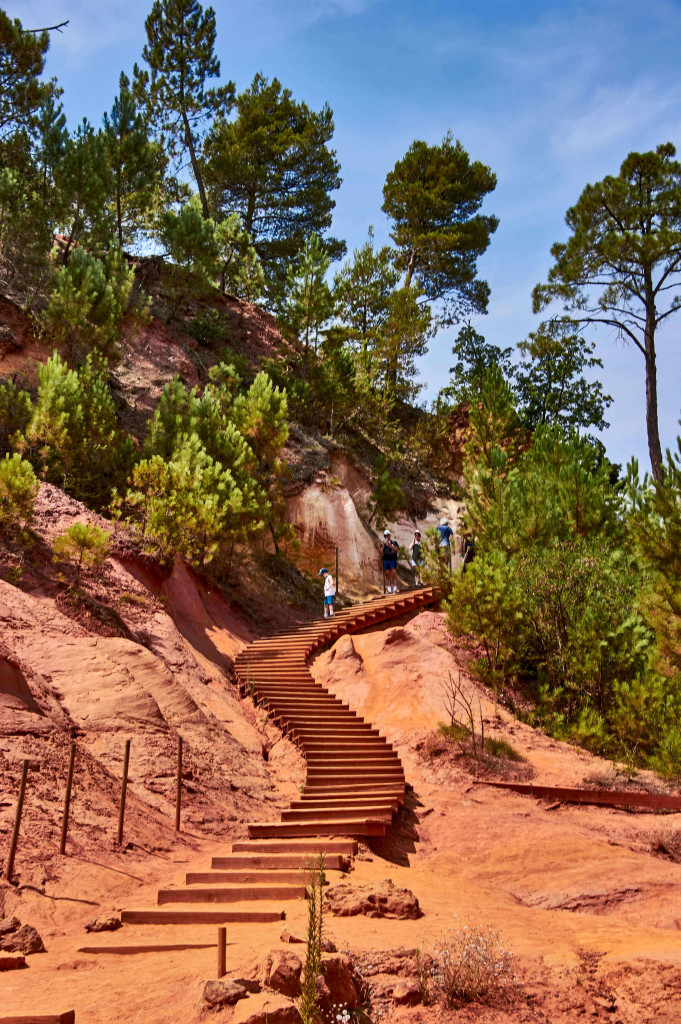
3rd Day: Le Barcarès
Le Barcarès boasts several kilometers of flat sandy beach, and the best part is that it’s never too crowded! Originally uninhabited until the 17th century, the area later transformed into a quaint fishing village. Fast forward to the 1960s, and real estate developers worked their magic, turning the coastal stretch into a well-known seaside resort.
After two days of extensive driving, we decided to take a full day of relaxation on the sandy shores. For the rest of our stay, we adjusted our schedule to include swims either in the morning or early evening, each lasting about two hours, depending on our daily plans.
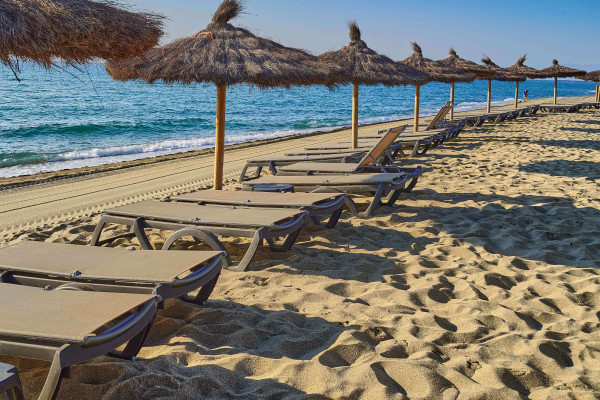
4th Day: Villefranche de Confluent, Mont-Louis La Cabanasse, Yellow Train Ride.
The Yellow Train in the French Pyrenees is a local commuter train that winds its way through the national park. It connects Villefranche-de-Conflent to Latour-de-Carol/Enveitg at the Spanish border. Operating on a 1,000 mm (3 ft 3 3⁄8 in) gauge railway, this journey offers picturesque views of the Pyrenees.
Our scenic ride took us between two main stops, Mont-Louis La Cabanasse and Villefranche de Confluent, both of which boast UNESCO-listed sites. Villefranche de Confluent is renowned as one of the most beautiful and frequently visited villages in France. Nestled in the heart of the Catalan Pyrenees, Mont-Louis La Cabanasse holds the distinction of being the smallest hilltop town in the French Pyrenees.

5th Day: Collioure
Collioure is just a stone’s throw away from the Spanish border, nestled on the Mediterranean coast of southern France. This quaint village is around a small port with charming cobblestone streets that wind through a maze-like layout. Our leisurely stroll along the beachfront was complemented by the experience of sampling delicious local cuisine.
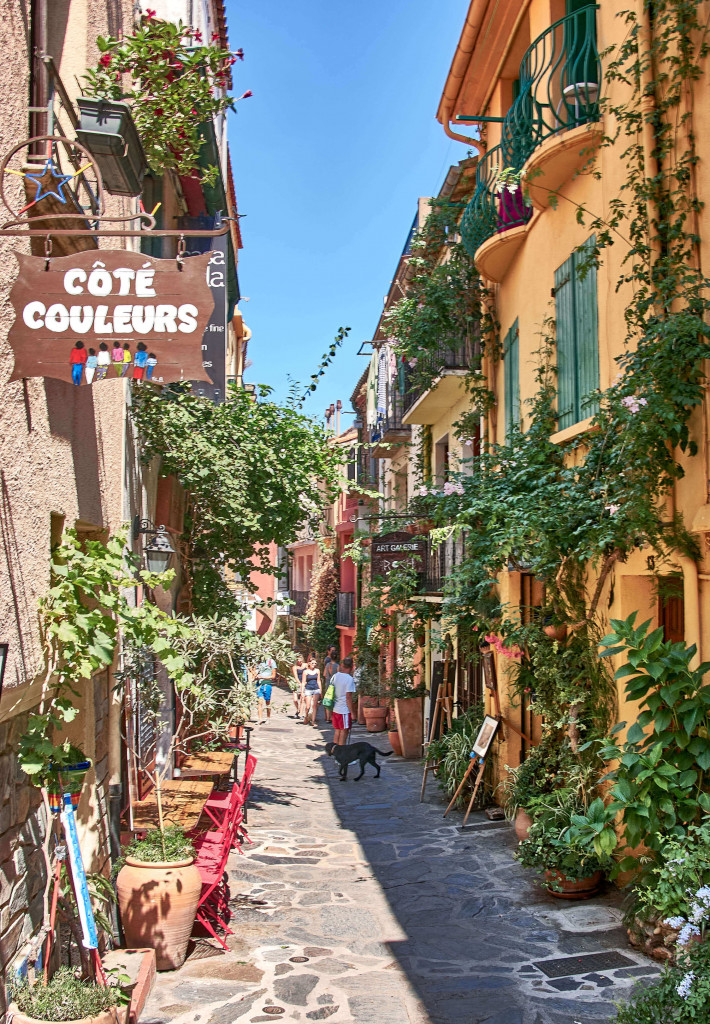
6th Day: Carcassonne
Carcassonne has two distinctive parts, with the new town situated on the left bank of the Aude and the medieval old town gracing the right. From a distance, the castle atop the hill captures attention with its fairy-tale-like appearance. The Medieval City boasts 52 towers, numerous wells supplying the city, 3 km of formidable ramparts, and various other historical sites.
Our entry point into the old town was through the Narbonnaise gate. It marked the only place on our Pyrenees trip where we ran into a bustling throng of tourists. Navigating through certain areas became quite challenging due to the crowds. Notably, the old part of Carcassonne is a UNESCO-listed site and ranks as the second most visited destination in France.
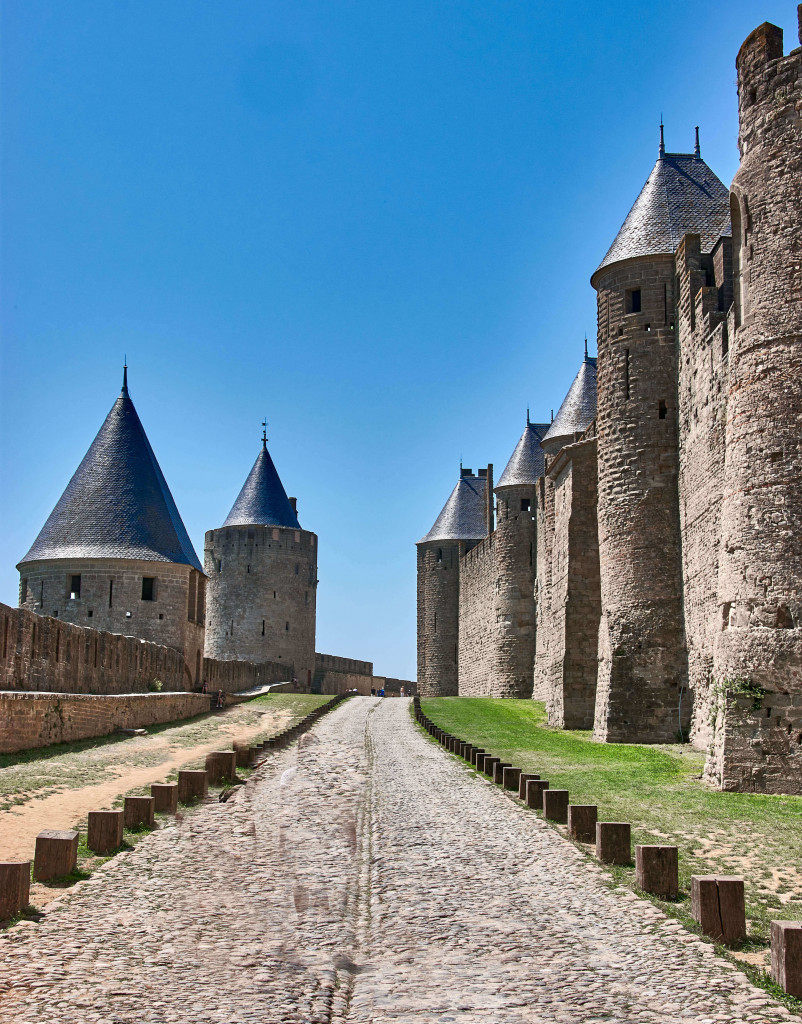
7th Day: Andorra la Vella and Llivia
We set off on the road to the mountainous realm of Andorra, a land accessible solely by road. Our early departure ensured our arrival in the capital, Andorra la Vella. It’s interesting to note that Andorra operates under both the Spanish and French postal systems. Our focus in exploration primarily centered on the historical heart of the country.
Located at an elevation of approximately 1223 meters above sea level, Llivia holds a unique position, separated from Spain by a 2 km corridor, existing as an enclave within France. Notably, it has one of Europe’s oldest pharmacies. The town is linked to Puigcerdá, the nearest Spanish counterpart, via the N-154.
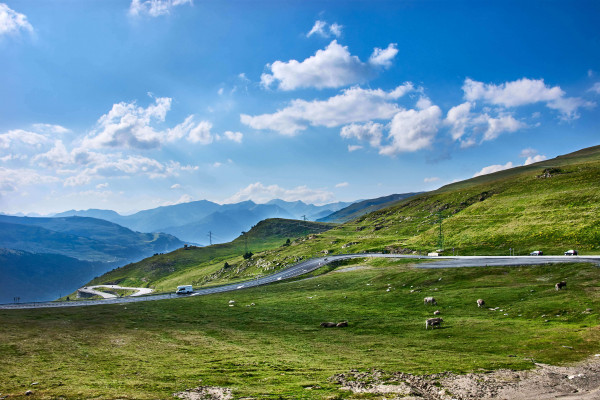
8th Day: Port Vendres and Banyuls sur Mer
Port Vendres is a quintessential Catalan fishing port renowned for its bustling fish market. An iconic landmark, the Obelisk with four reliefs, adds to the town’s charm.
Meanwhile, Banyuls sur Mer not only has a picturesque natural bay for beach enthusiasts but also holds significance as the birthplace of the French sculptor Aristide Maillol. His artistic legacy permeates the town, exemplified by pieces like ‘the young lady reclining’ near the port.
Our journey continued with a stop at the Domaine Tambour, a local winemaker. Here, we satisfied ourselves with the purchase of regional wines, recognizing that the limited production made these selections exclusive to the area.
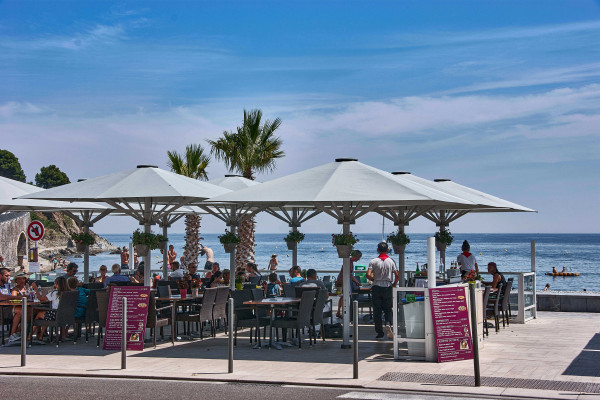
9th Day: Gordes, Besancon
Our return journey began with the picturesque hilltop village of Gordes, providing magnificent views of the Luberon and its surrounding countryside. The labyrinth of narrow cobblestone streets and distinctive white stone houses adds a unique charm to the area.
As we approached the border with Switzerland, we reached Besancon in the late evening.
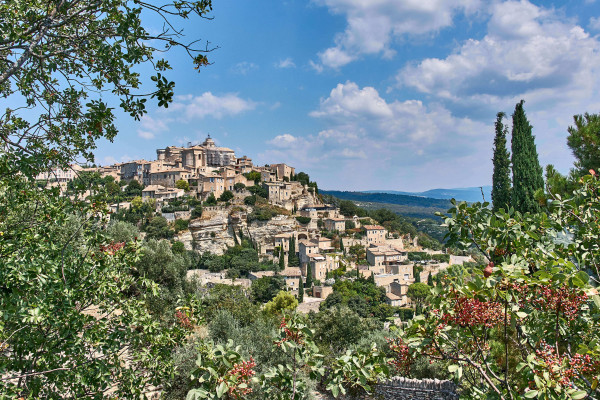
10th Day: Besançon to Frankfurt
On the final day of our Côte Vermeille and the Pyrenees Itinerary, our intention was to explore the expansive citadel in Besançon, majestically perched on a hill. However, the only way to tour the site was through a guided visit, and with time constraints, we had to forego this sightseeing opportunity.
Besançon is home to three museums. And its Cathedral hosts a distinctive 70-dial astronomical clock, providing information on sunrise and sunset, eclipses, and tides in French ports. It’s evident that a return to the charming city of Besançon is on our agenda.
Travel tips for Pyrenees Itinerary
Suggested tours
How to get there
The closest airport to Côte Vermeille in France is Perpignan-Rivesaltes Airport. Upon arrival, you have the option of taking a taxi or the number 7 bus to the center of Perpignan, where you’ll find trains and buses at the SNCF station.
In addition, the other two airports, located in Spain, are Girona and Barcelona.
Car rental services are available at all three airports, providing the flexibility to drive to your ultimate destination.
